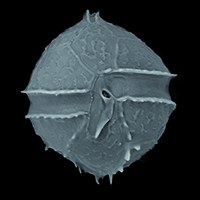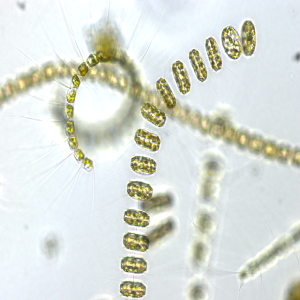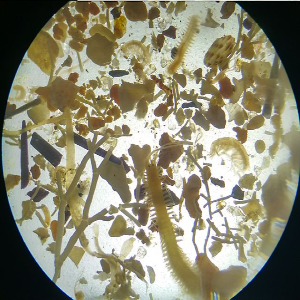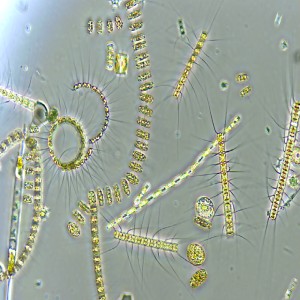First detection of the bloom forming Unruhdinium penardii (Dinophyceae) in a Mediterranean reservoir: insights on its ecology, morphology and genetics
Unruhdinium penardii in a Mediterranean reservoir

Accepted: 10 December 2020
Supplementary: 151
HTML: 0
All claims expressed in this article are solely those of the authors and do not necessarily represent those of their affiliated organizations, or those of the publisher, the editors and the reviewers. Any product that may be evaluated in this article or claim that may be made by its manufacturer is not guaranteed or endorsed by the publisher.
The freshwater genus Unruhdinium includes dinoflagellates hosting a tertiary diatom endosymbiont. Some of the species belonging to this genus form high-biomass blooms. In this study, data on the ecology, morphology and molecular identity of Unruhdinium penardii were reported for the first time from a Mediterranean reservoir (Cedrino Lake, Sardinia, Italy). The ecology of the species and its bloom events were examined along a multiannual series of data (2010-2017). Cell morphology was investigated using field samples and six cultures established by cell isolation. A molecular identification of the six strains was performed. Wild and cultured cells shared the same morphology, showing a prominent apical pore complex and two/three more or less prominent hypothecal spines as distinctive characters in light microscopy. Molecularly, the six cultured strains corresponded to the same taxonomic entity with sequences only differing in a few polymorphic positions for the studied markers SSU rDNA, LSU rDNA, ITS and endosymbiont SSU rDNA. All markers showed 99.5%−100% similarity with the available U. penardii sequences. Seasonality of U. penardii revealed its preference for the colder semester (from December to June) with bloom events restricted to late winter/early spring months. Three blooms resulting in reddish water discolorations were observed along the study period (2011, 2012 and 2017). GLMs revealed a significant role of water depth, temperature, and reactive phosphorous in determining the highest cell densities (>5 x 104 cells L-1). The results obtained contribute to the increase of field ecology knowledge on this species, demonstrating it is well established in the Mediterranean area, and being able to produce recurrent high biomass blooms in the studied reservoir.
PAGEPress has chosen to apply the Creative Commons Attribution NonCommercial 4.0 International License (CC BY-NC 4.0) to all manuscripts to be published.



 https://doi.org/10.4081/aiol.2020.9500
https://doi.org/10.4081/aiol.2020.9500







